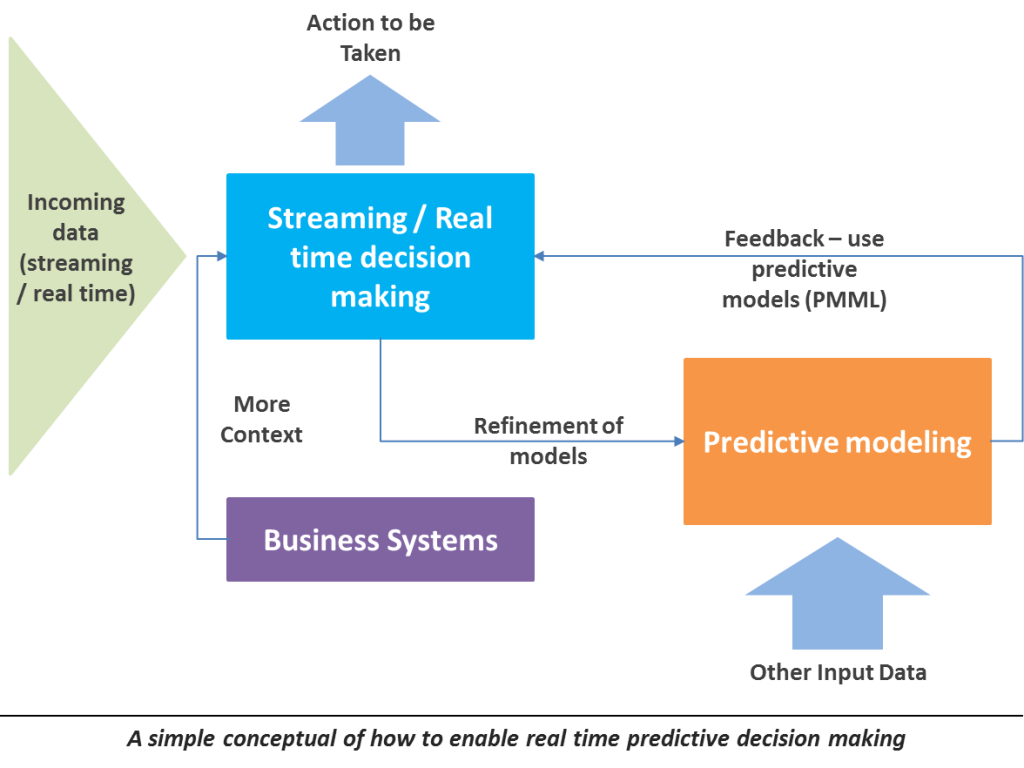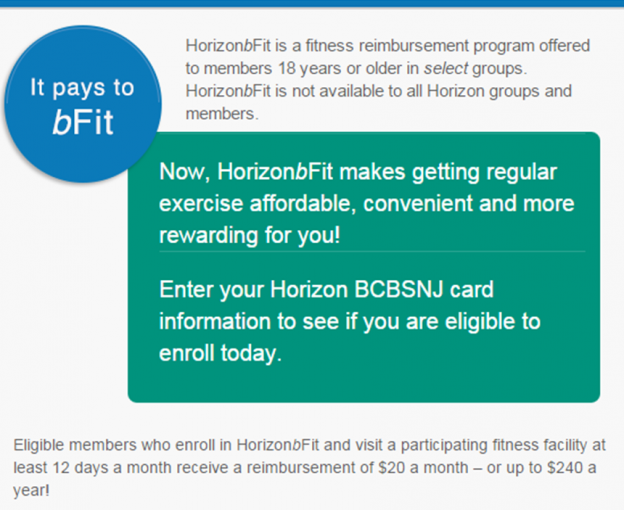Predictive analytics and big data are critically important today both for customer engagement and operations. As competition heats up in the age of mobile and connected devices, we need to innovate rapidly to present the right offers in real time, and also improve customer engagement.
This means we need to use predictive analytics in real time, rather than models being run offline, and insights being incorporated slowly in business operations.
One of the biggest gaps in real time targeting capability stems from effectively utilizing the results of predictive models. For example, even if we know that a cross sell offer is likely to convert better for certain kinds of customers, taking action on that insight is a slow and tedious process.
Marketers have traditionally relied on manually changing the business rules in marketing systems or spawned off IT projects to build the logic in the IT systems that support various functions. Even for operations, preventative maintenance has tremendous benefits to offer. But rolling out codification of the results of predictive models is a time consuming process.

There are 4 parts to this problem:
- Streaming: Real time interpretation of incoming data and taking action based on defined rules.
- Predictive: Analyzing data by creating scenario hypotheses, validating them using statistical models and deriving insights on what will help with incremental value. (e.g. campaign uplift, preventative maintenance, customer churn etc.)
- Feedback: Using the results of predictive models to update the business rules in the first step so that real time decision on these predictions can be taken
- Refinement: Continue to update the models based on new data, and feed the results back into the real time decision making engines.
There is a lot of action on steps 1 and 2 today. Tremendous advances are being made in real time monitoring of activity and taking action based on real time information. However, steps 3 and 4 are still largely manual, and not fully utilized to realize the maximum impact.
Analytics and technology vendors are responding by providing ways to integrate the output of predictive analytics in real time with business systems. One of the ways to do this is to use a simple markup language that take the outputs of the predictive models and makes it usable by operational systems that are capable of doing do.
However, this also means that many legacy business applications will need to be updated with the ability to use the predictive models markup language.
A better way is to use an “intermediary system” that processes the real time signals, and also has the capability to leverage the predictive models in real time to make better decisions. This intermediary systems decides what action to take and then requests the business systems accordingly.
- For example, if a machine sends in data about its status, and our models indicate that the customer is likely to churn (or be dissatisfied), this intermediary system sends a message to the CRM so a service rep can contact the customer. This prevents you having to build (and periodically update) complex rules logic in the CRM as well as any other systems that might need this knowledge.
In our opinion, the above architecture is a great way to build responsive CX and supply chain initiatives. One of the products that does this today is the APAMA product by Software AG. This is a very fast, real time, complex events processing platform that can process high volumes of data. In addition, it has the ability to ingest the output of the predictive models and use them in real time.
It does this by incorporating capabilities of the Zementis ADAPA platform which is real time scoring engine. Once APAMA decides what to do, it can communicate over enterprise middleware techniques to the rest of the systems. It can also pull in information from business systems as needed to make a decision in context. Read and explore more here. A nice report from SAS Institute also elaborates on this problem here.
- For example, a device sends in information. We pull in data from the CRM or ERP about the customer this device belongs to, determine that this is a high value customer, and then using the predictive models decide that we need to send a technician over as soon as possible to help the customer avoid potential downtime.
This capability has enormous implications for businesses:
- Digital marketing: Based on real time signals about the customer’s commerce history, online behavior and other factors, we can push out promotions, and more powerfully personalize the experience.
- Preventative maintenance: Important service decisions can be made in real time to reduce warranty costs, and also implement newer revenue streams from outcome or service based models.
- Omni-Channel integration: Channels such as stores, contact centers, brokers, agents etc. can be integrated using this capability so that each system is responding consistently to the customer.
Of course, we need to think of Omni Channel from the customer perspective, and design the experiences first. Technology comes second. An excellent report on this topic is by Altimeter who call it the Customer Experience Cloud. You need to fill out a form to be able to access the report.
The concept is not new but the report nicely brings together online, campaign and CRM products to achieve this goal. Be aware though, that all marketing cloud providers mentioned in the report are not equal, and only fulfill parts of the overall equation. So you need to integrate best of breed systems to achieve your objectives.
In addition, we need to also think of using real time predictive models from a long term customer engagement perspective. Too often, we get dazzled by the potential of immediate sales we can realize in real time. But we need to keep in mind, that once the novelty wears off, that capability is commodity, and it becomes a spiral of deeper and deeper discounts to continue to attract customers.
What we need to be thinking about in addition to real time targeting is customer partnership. How do we use the predictive analytics in real time capability to help the customers make the best choices for them?And how should we engage them contextually even if there is no immediate sale. I have outlined 5 principles that help you achieve this. Read more about them here.
There are many other technology architecture models and products to achieve this objective of including predictive analytics in real time. What is presented here is a simple way to begin thinking about this important problem of responsive, agile organizations without building too much tech complexity.

